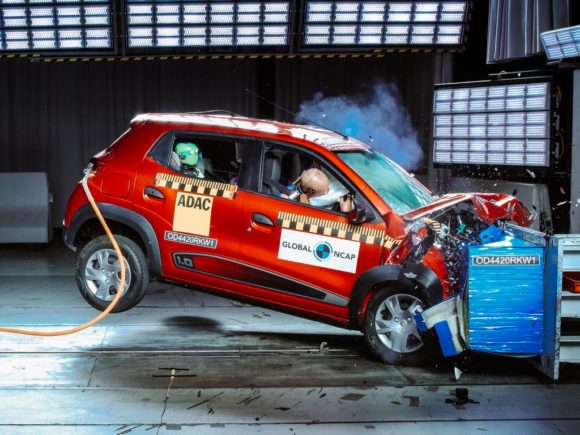Rear seat belt safety – why it matters and how to ensure it
Seat belts are one of the most important safety features in a vehicle. However, despite their widespread use, many people still do not use them properly or neglect to use them altogether, specially in India. This is particularly true for rear seat passengers, who are often overlooked when it comes to seat belt safety.
Why Rear Seat Belt Safety Matters
Rear seat passengers are just as vulnerable as front seat passengers when it comes to the risk of injury in a crash. According to the National Highway Traffic Safety Administration (NHTSA), rear seat passengers are three times more likely to be injured in a crash if they are not wearing a seat belt.
The risk of injury is not limited to just the passengers in the back seat. Unrestrained passengers can also become projectiles in a crash and collide with front seat passengers, causing serious injury or even death.
A similar case happened with Cyrus Mistry in India which became quite popular. In the event of a crash, the safety ratings of a car doesn’t matter if you’re not belted up properly.
How to Ensure Rear Seat Belt Safety
Here are some tips to help ensure rear seat belt safety:
- Make sure all passengers, including those in the back seat, always wear their seat belts. This includes all ages, from children to adults.
- Make sure the seat belts fit properly. This means they should be adjusted to fit snugly against the body and across the lap. Children and smaller adults may need a booster seat to ensure a proper fit.
- Remind all passengers to fasten their seat belts before each trip. This should be a habit, not an afterthought.
- Lead by example. If the driver sets a good example by always wearing their seat belt, passengers are more likely to do the same.
- Educate passengers about the importance of seat belt safety. Explain why it is important to wear a seat belt, and what the consequences of not wearing one can be.
In conclusion, rear seat belt safety is just as important as front seat belt safety. By making sure all passengers, including those in the back seat, always wear their seat belts, you can help reduce the risk of injury in the event of a crash. Remember, seat belts are your best defence against serious injury in a crash, so always make sure to use them.






